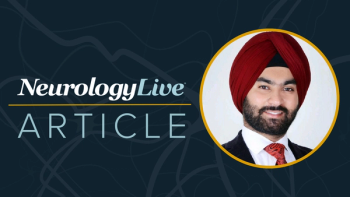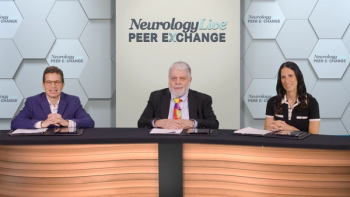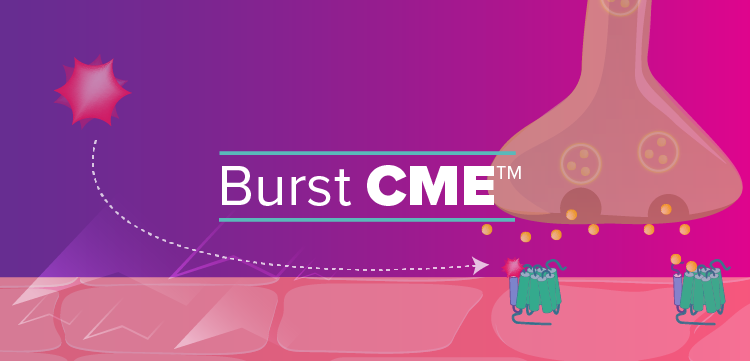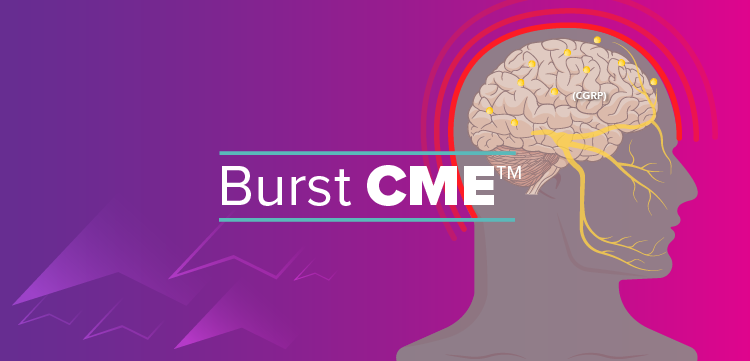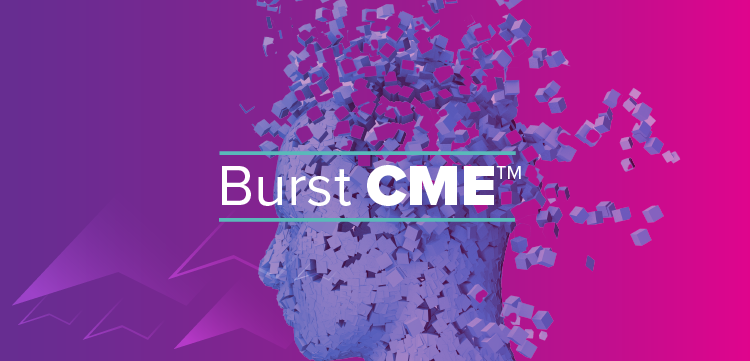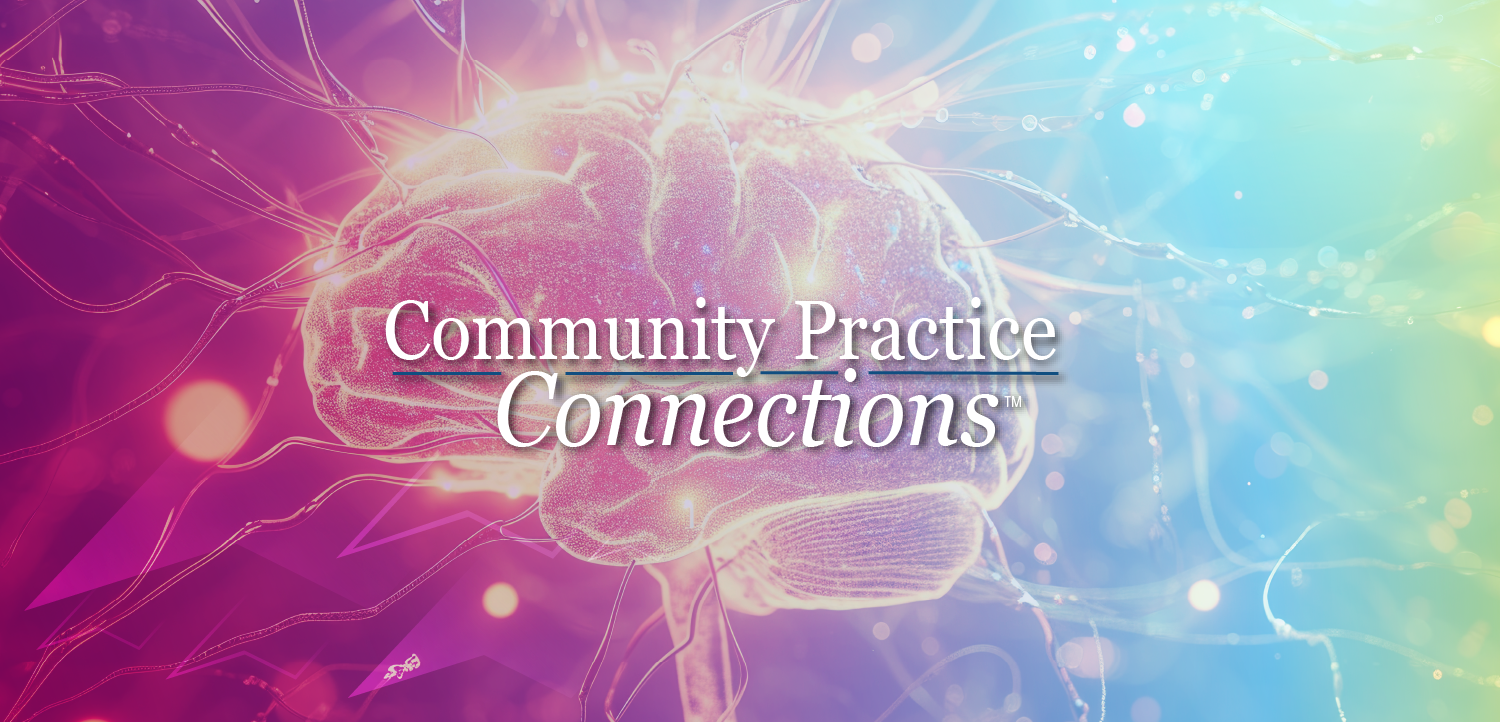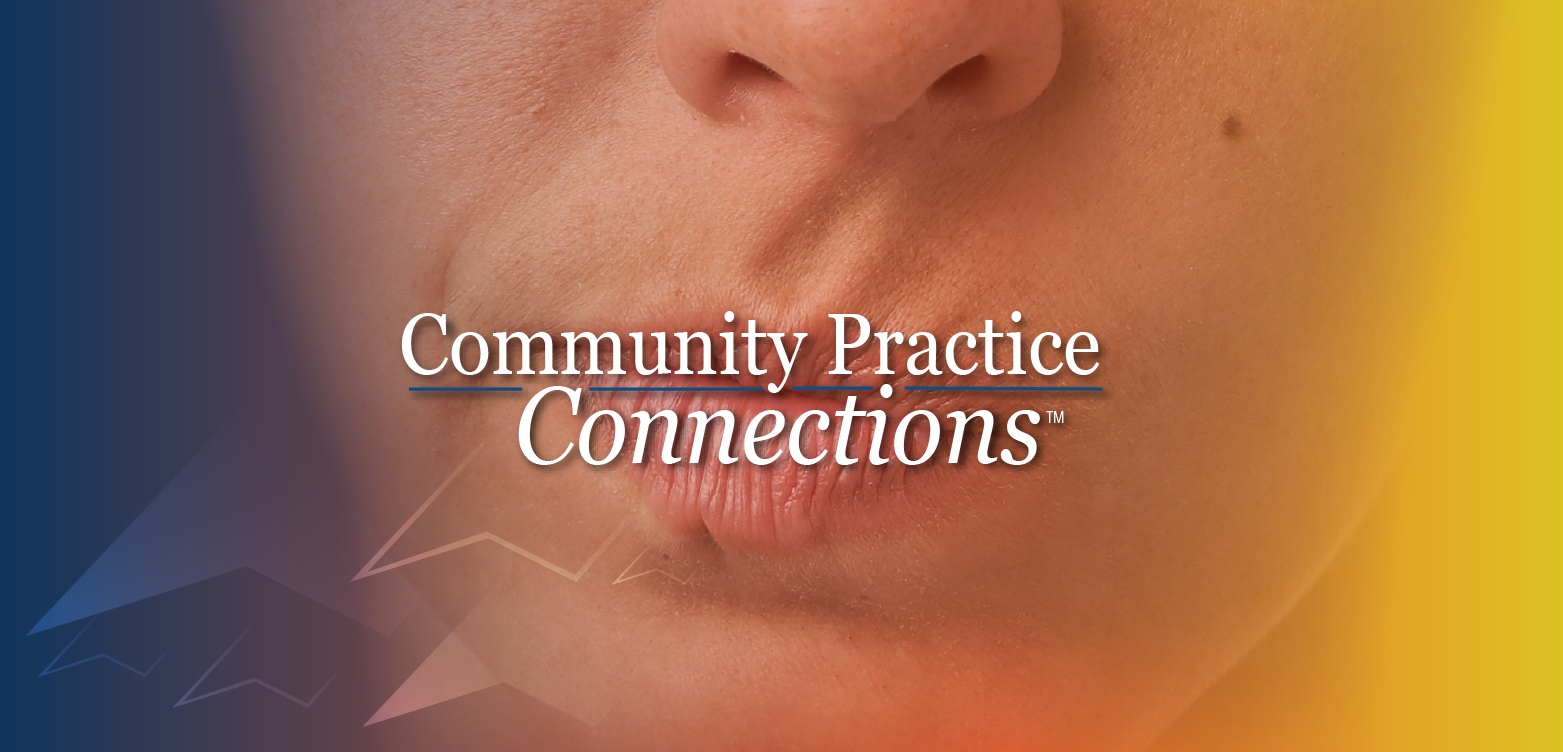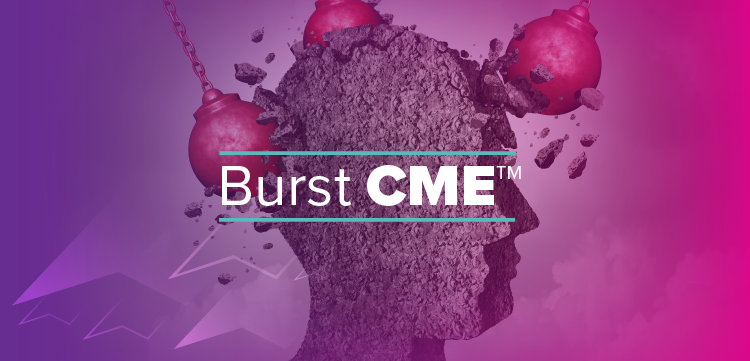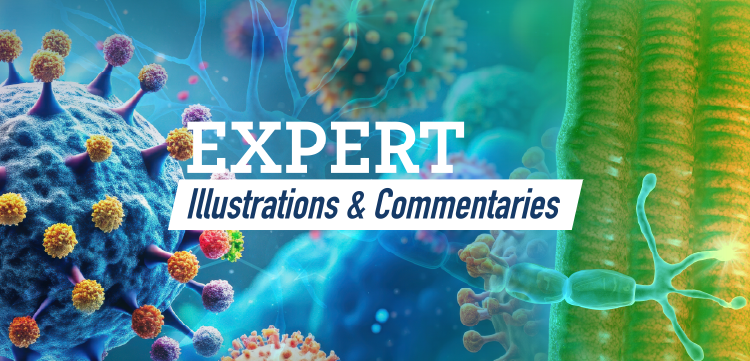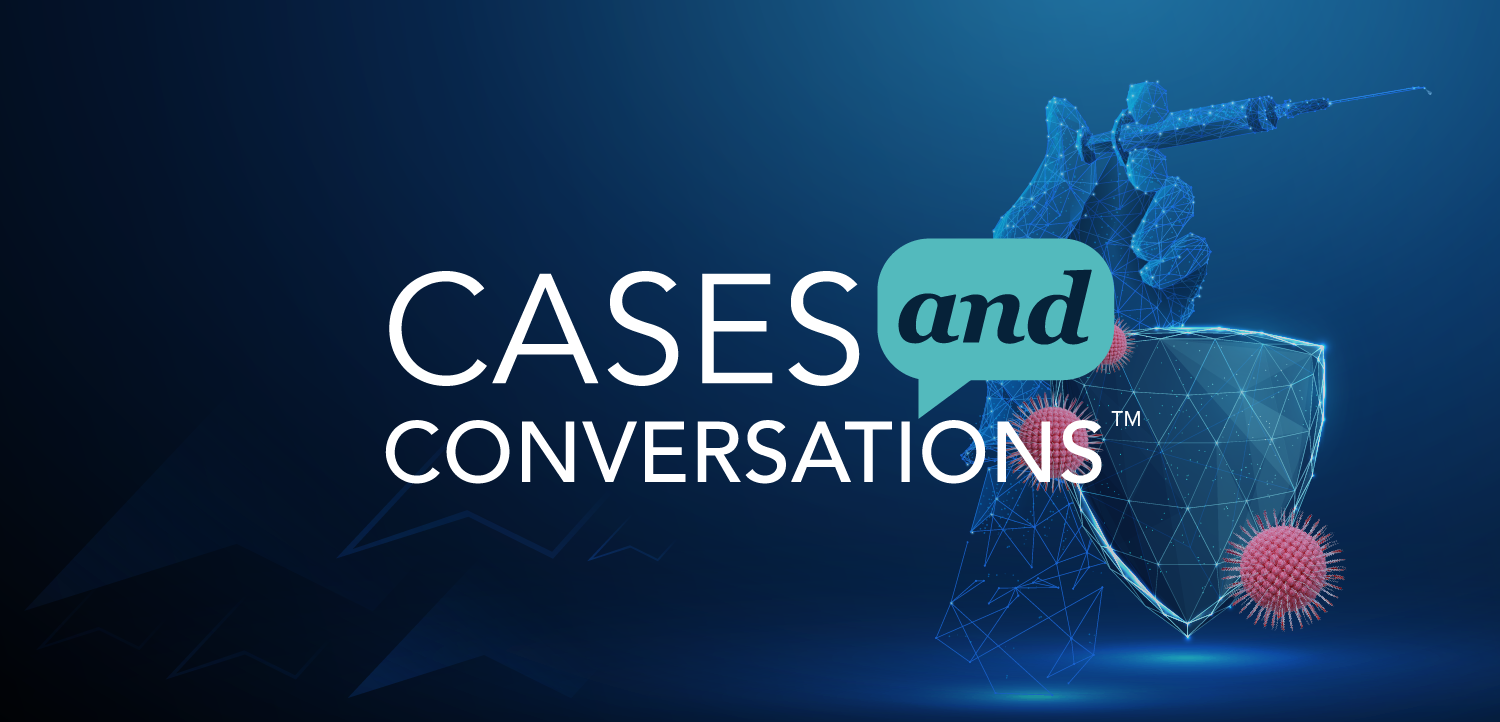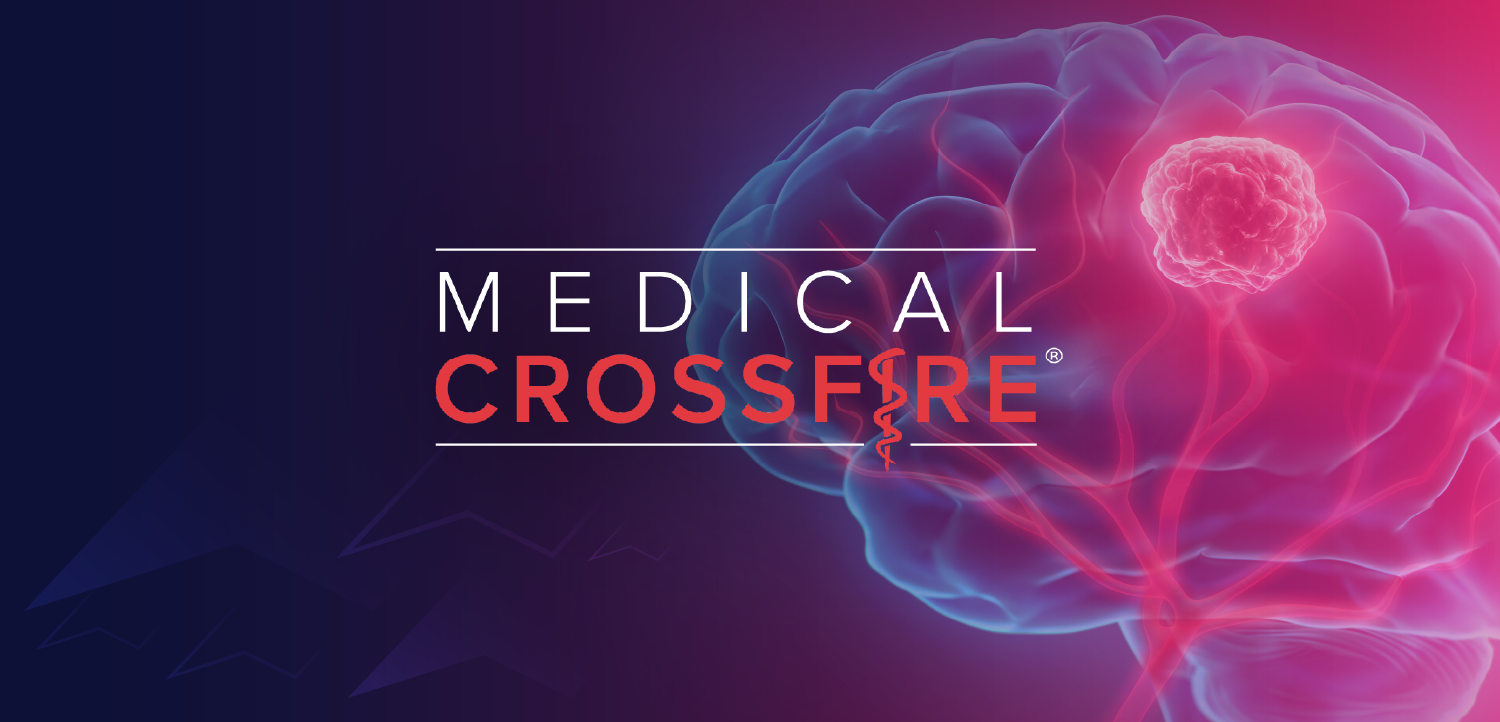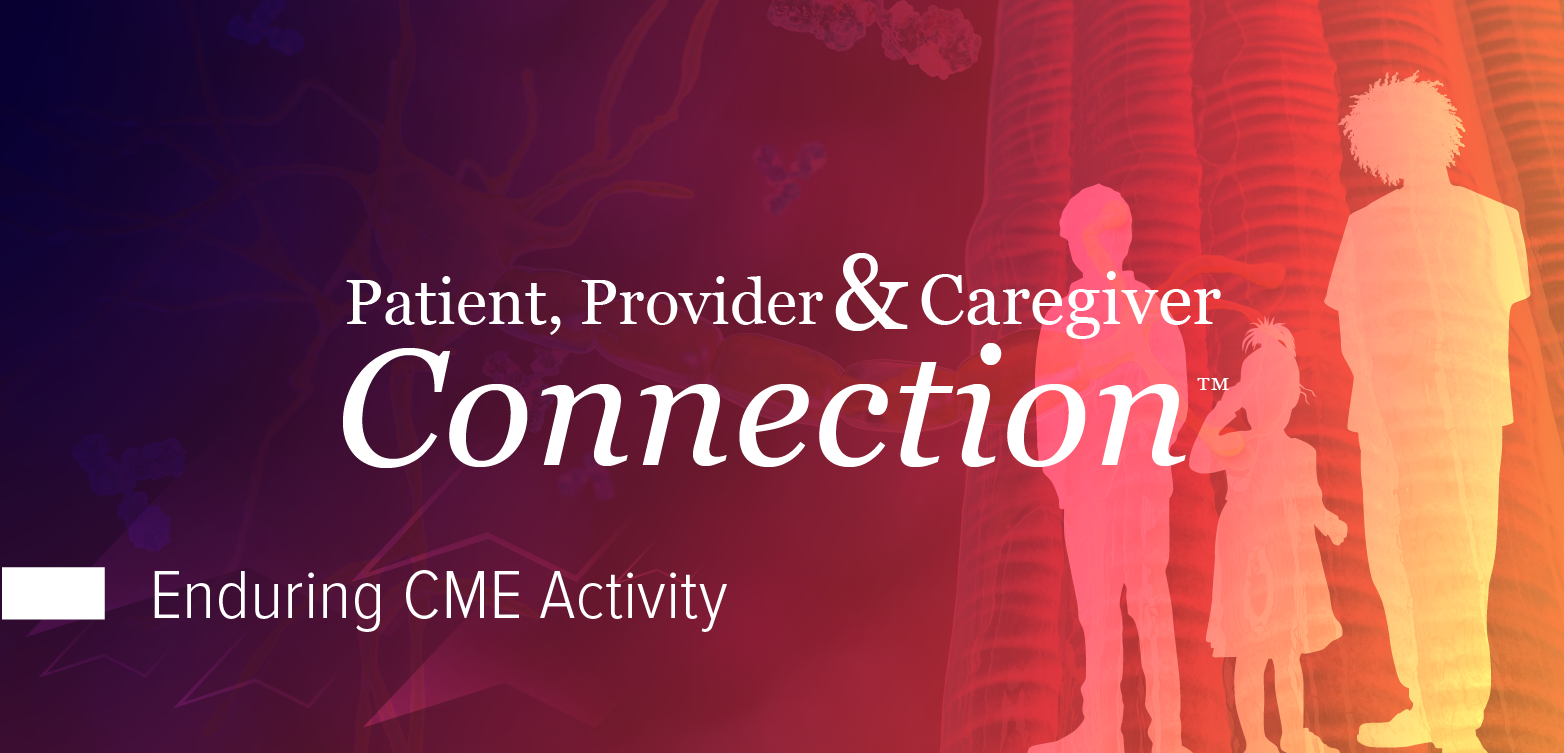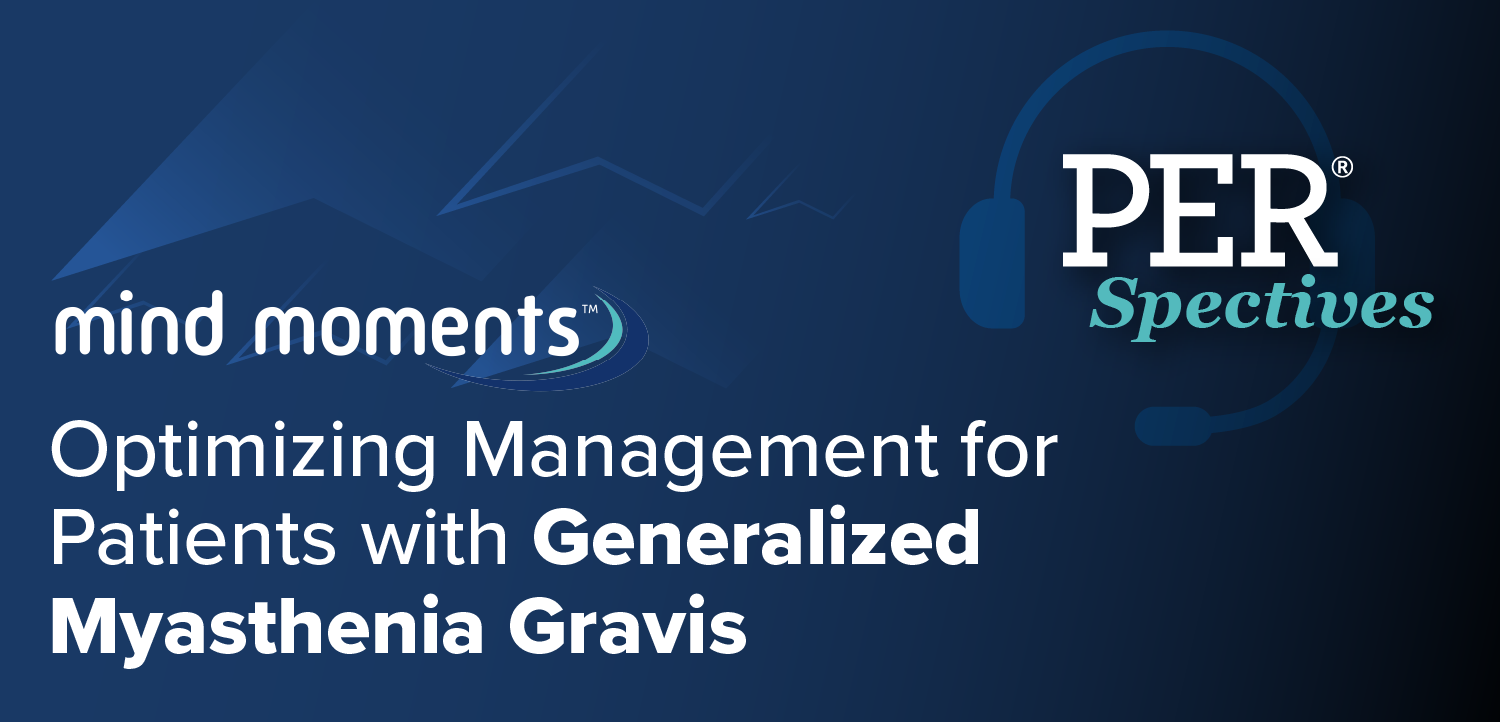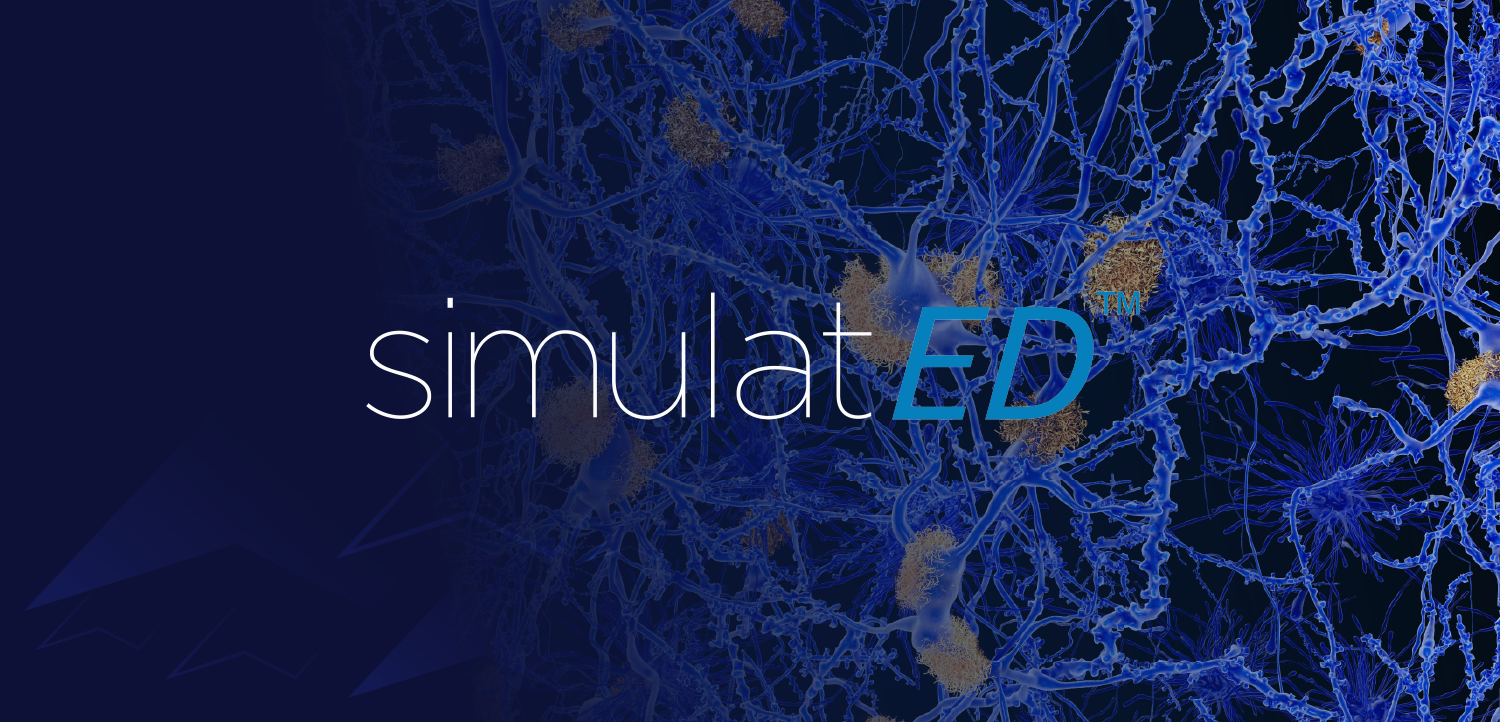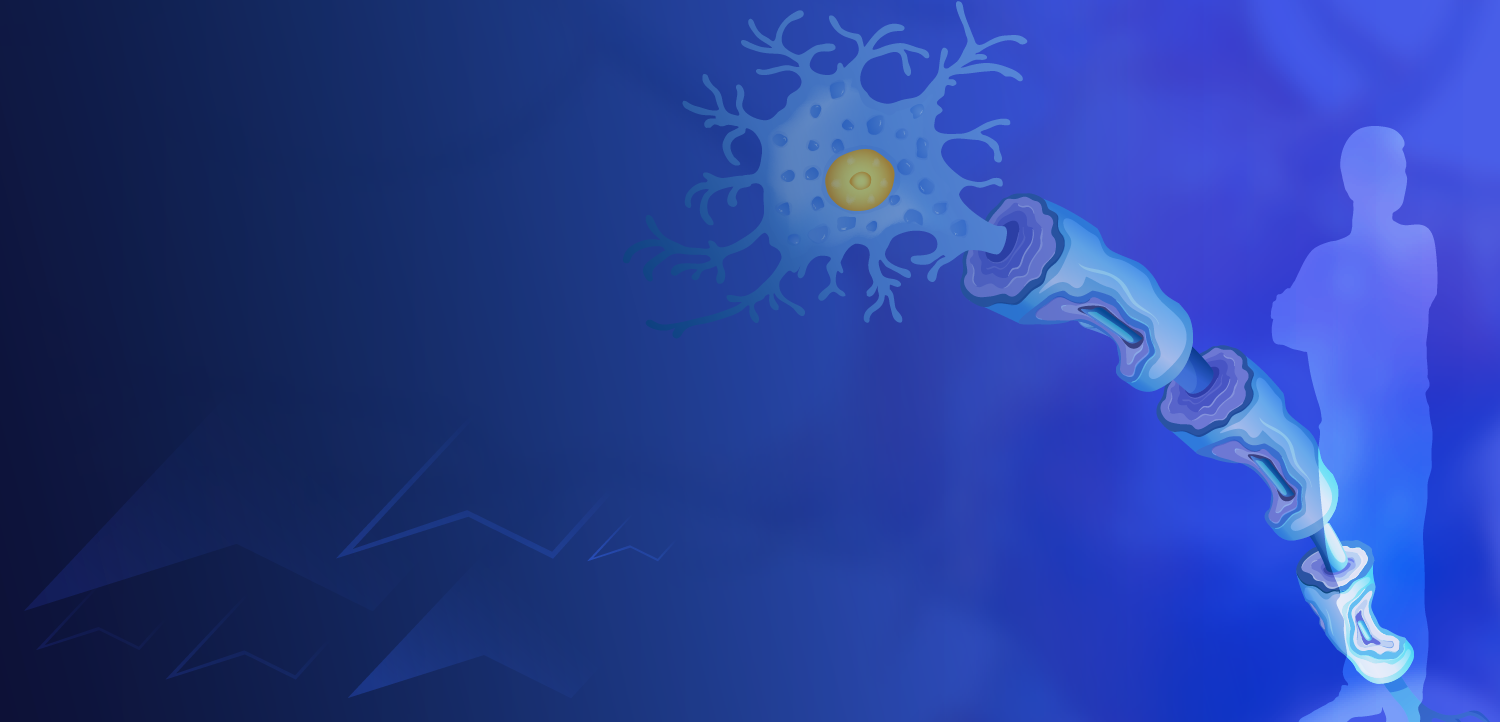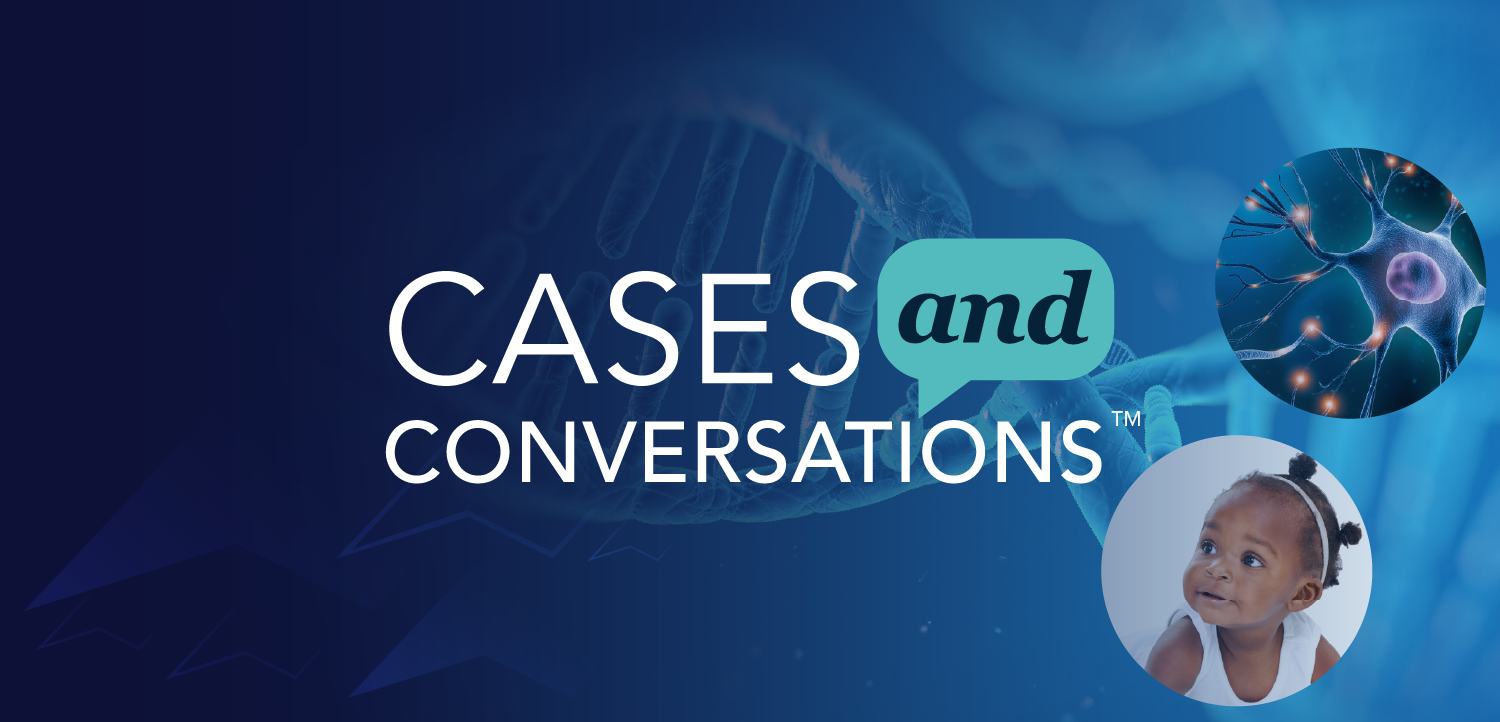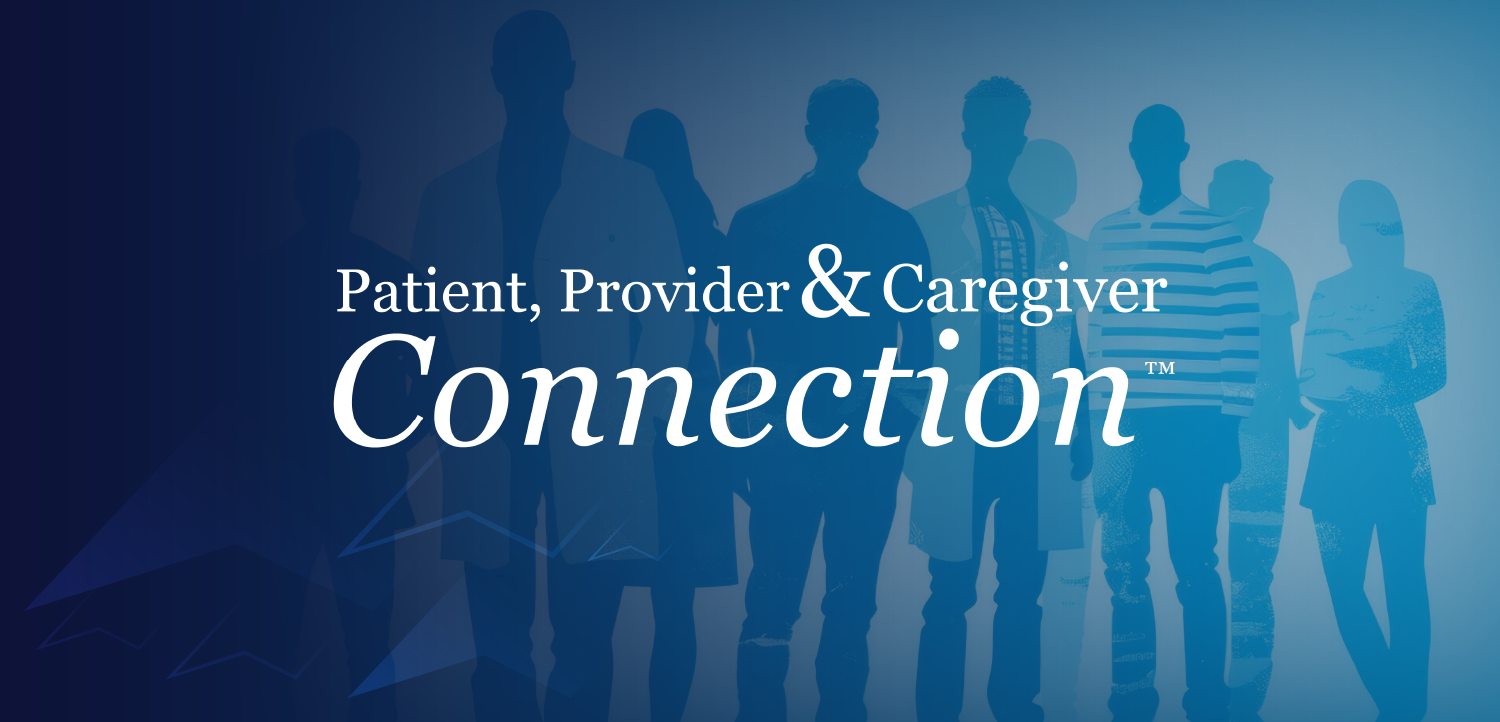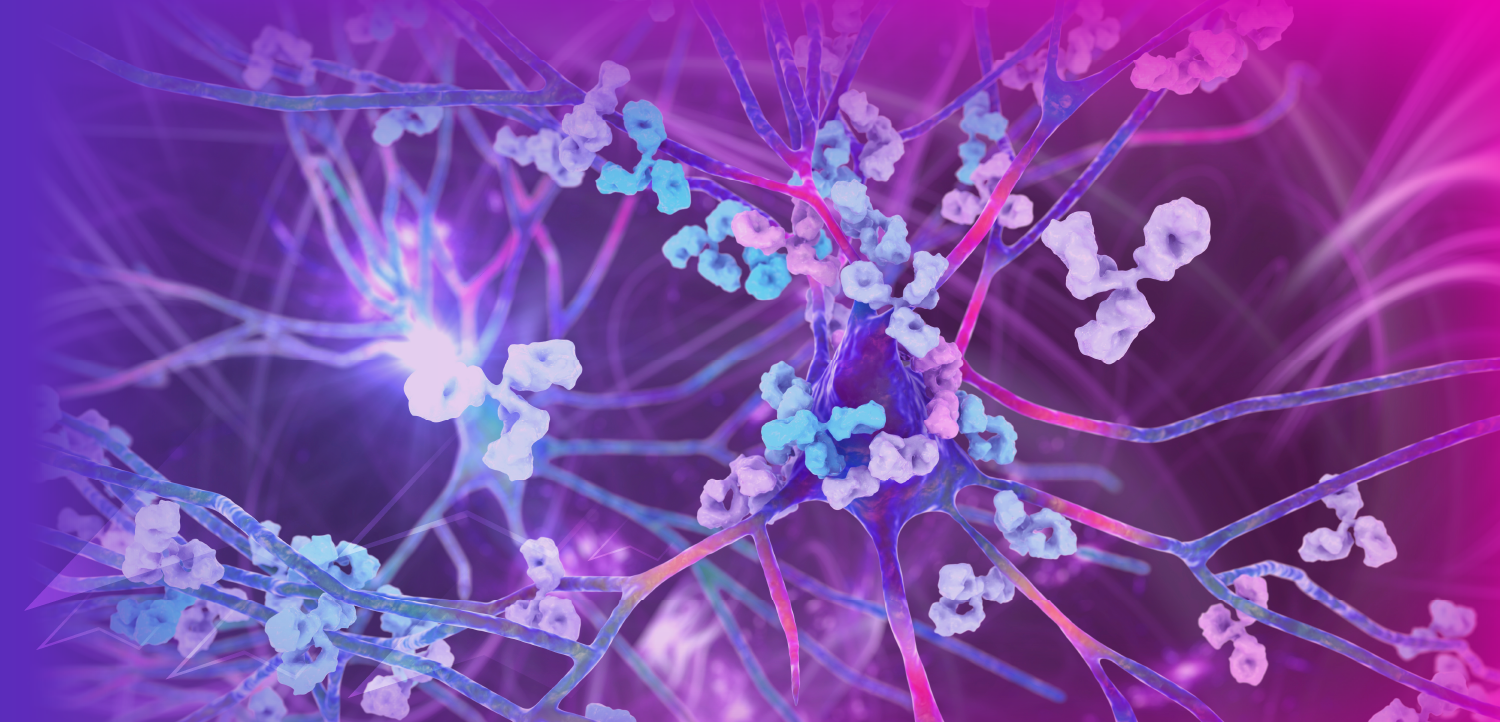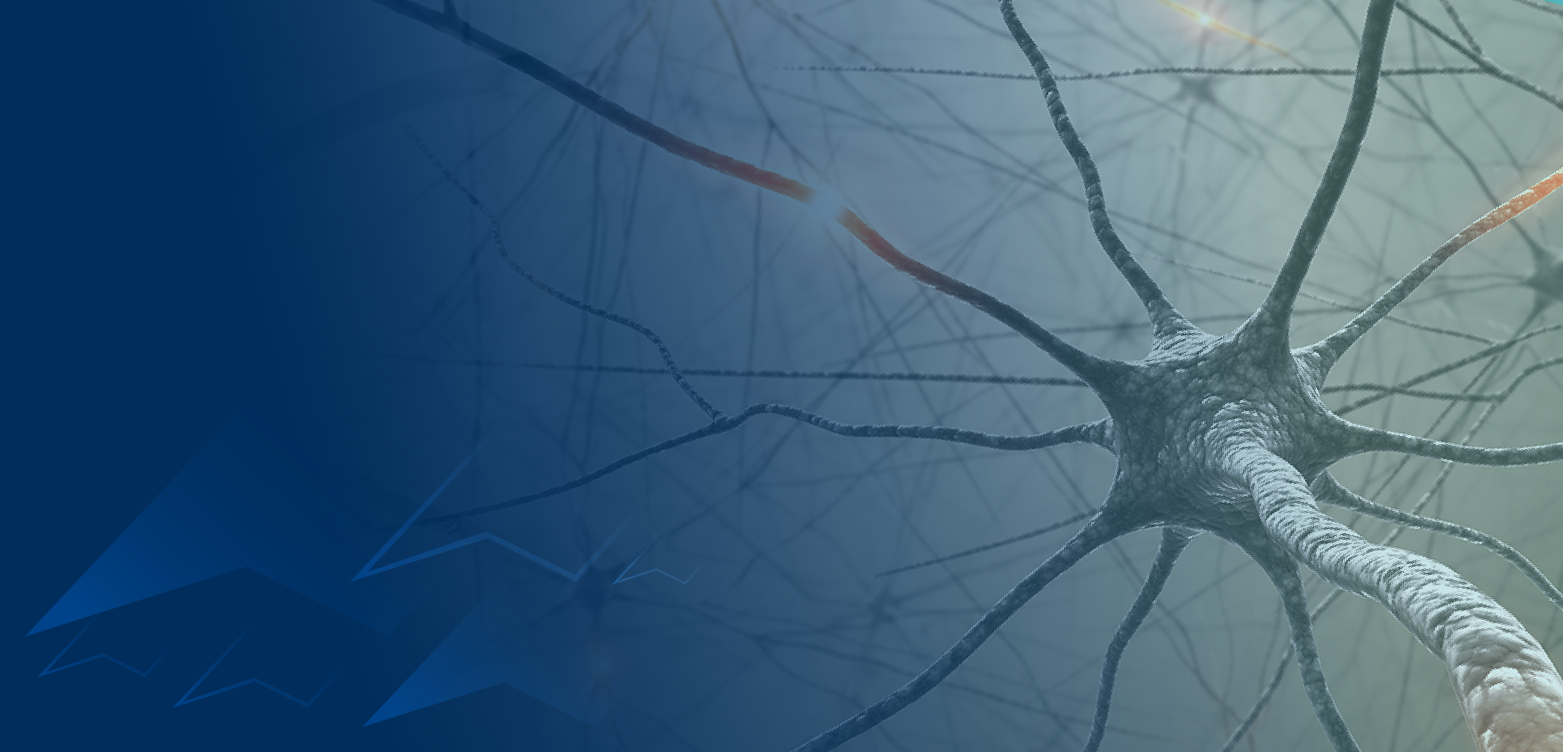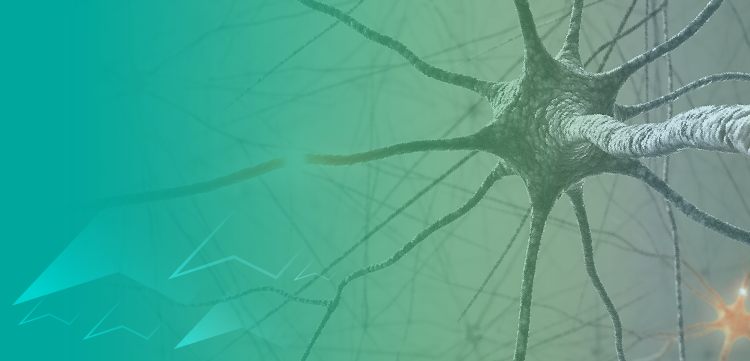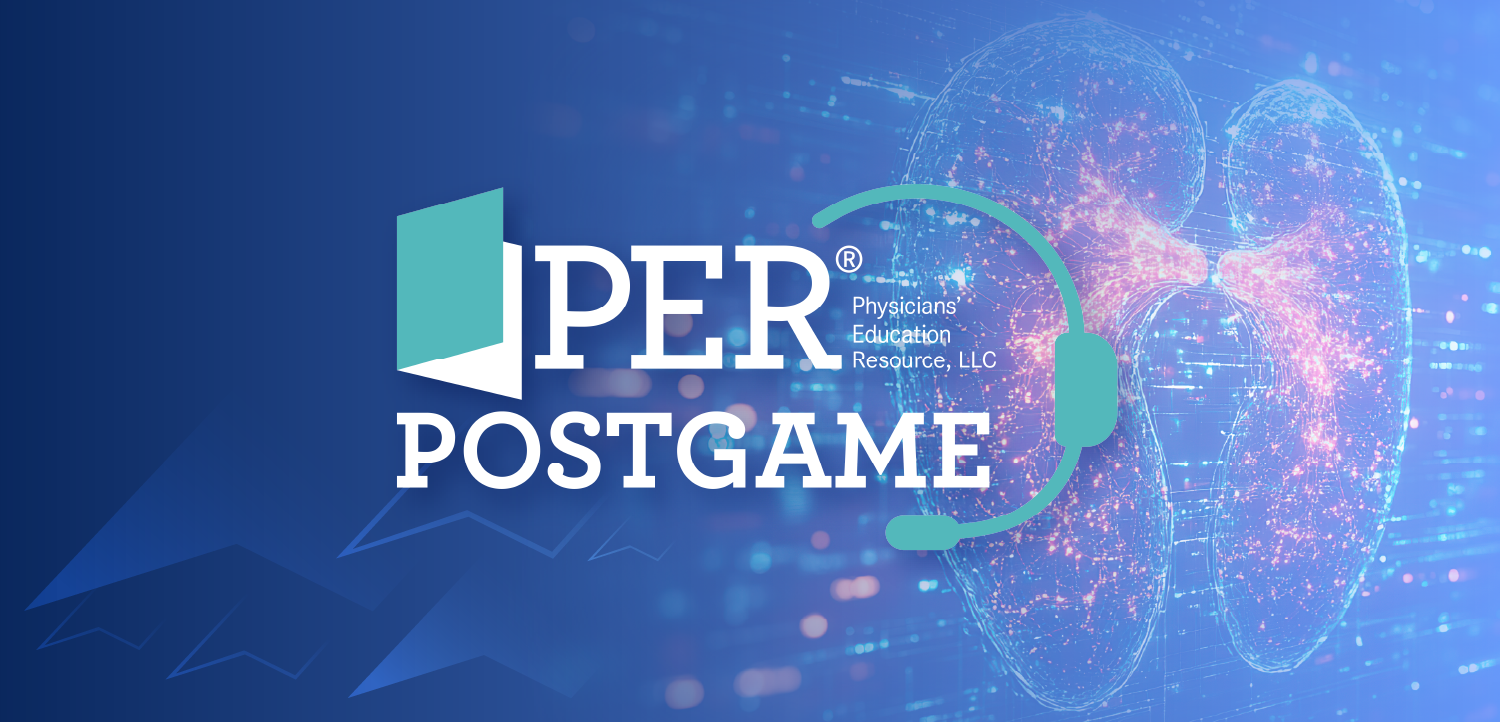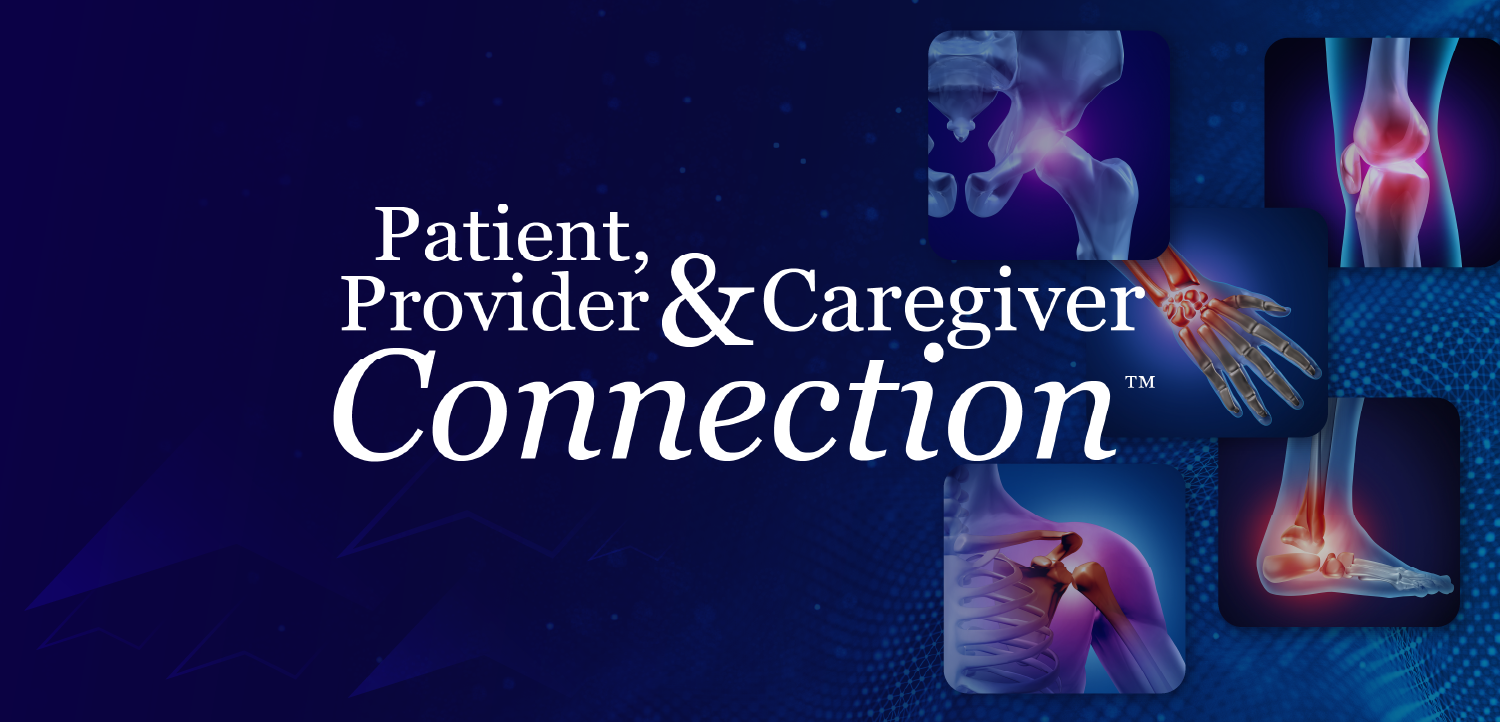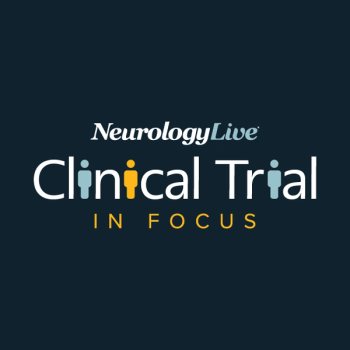
Addressing Social Isolation in Narcolepsy and Idiopathic Hypersomnia: Julie Flygare, JD
The president and CEO at Project Sleep highlighted the need for clinicians to facilitate awareness of patient advocacy resources for those living with narcolepsy or idiopathic hypersomnia. [WATCH TIME: 5 minutes]
WATCH TIME: 5 minutes
"Clinicians should realize that 1 in every 3 patients who walk into their office doesn’t know someone else living with the same condition."
Central disorders of hypersomnolence—including narcolepsy type 1, narcolepsy type 2, and idiopathic hypersomnia—are all characterized by excessive daytime sleepiness but differ in their clinical features. Narcolepsy type 1 is uniquely associated with cataplexy, sleep paralysis, hallucinations, and fragmented nighttime sleep, often linked to low cerebrospinal fluid hypocretin levels. Narcolepsy type 2 shares many symptoms but occurs without cataplexy and with normal hypocretin levels. Idiopathic hypersomnia, distinct from both forms of narcolepsy, lacks the rapid REM sleep transitions seen in narcolepsy and is instead marked by prolonged sleep duration, severe sleep inertia, and unrefreshing naps. Since the conditions have overlapping symptoms and diagnostic challenges, many individuals experience delayed diagnoses or remain undiagnosed, reinforcing stigma and misconceptions that influence daily life and social interactions.
Beyond the diagnostic hurdles, both narcolepsy and idiopathic hypersomnia profoundly affect quality of life, disrupting employment, education, and relationships. Limited public awareness contributes to social isolation and negative stereotypes, further exacerbating the burden on patients. Individuals with narcolepsy frequently have reported high rates of depression, unemployment, and relationship difficulties, and those with idiopathic hypersomnia may experience similar struggles, including cognitive impairment and workplace challenges. Despite the well-documented impact of these conditions, research on the role of social support in patient adjustment remains scarce. Understanding how peer connections influence adaptation to these diagnoses may provide valuable insights for improving clinical care strategies.
A recent
REFERENCES
1. Flygare J, Oglesby L, Parthasarathy S, et al. Social support and isolation in narcolepsy and idiopathic hypersomnia: An international survey. Sleep Med. 2025;125:65-73. doi:10.1016/j.sleep.2024.11.013
Newsletter
Keep your finger on the pulse of neurology—subscribe to NeurologyLive for expert interviews, new data, and breakthrough treatment updates.

